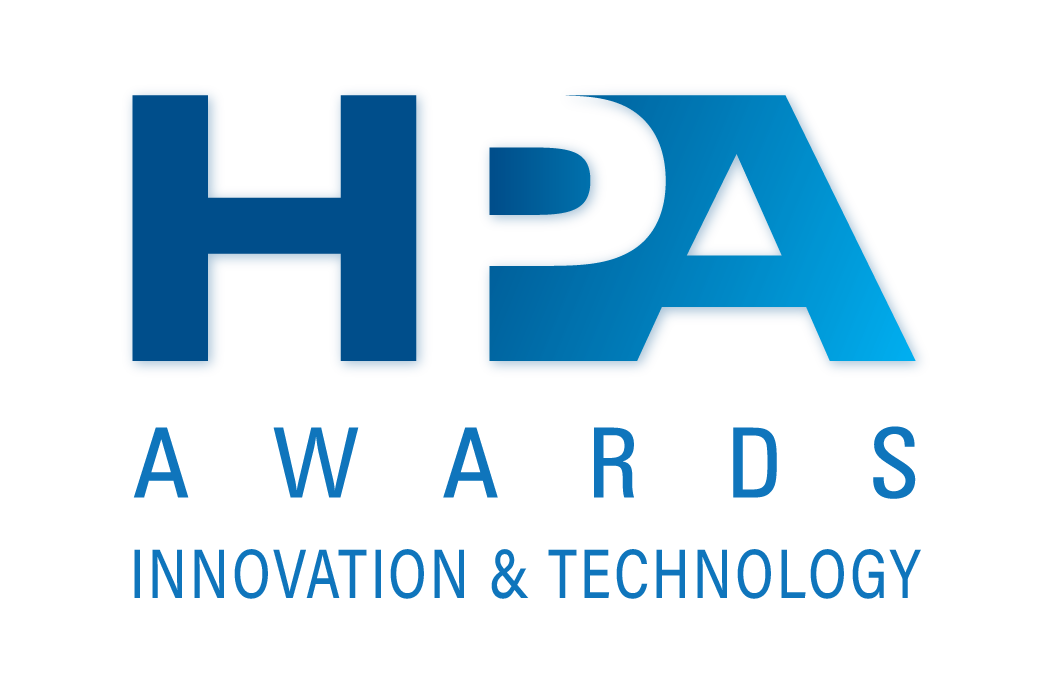DTV boots on the ground
As part of the FCC’s nationwide DTV transition assistance effort, hundreds of AmeriCorps National Civilian Community Corps (NCCC) members will be part of a $90 million project to help viewers get their DTV boxes running. AmeriCorps NCCC members will focus on groups the FCC has targeted for special attention, including low-income individuals, minority communities, non-English speaking consumers, senior citizens, consumers with disabilities and individuals living in rural areas or tribal lands.
The agreement will enable AmeriCorps NCCC members to visit homes where individuals need help connecting their antennas and analog televisions to DTV boxes, and applyling for the $40 converter box coupons. The AmeriCorps NCCC members will also make presentations at community events, serve in walk-in DTV help centers and spread the word to over-the-air populations who aren’t yet ready for DTV.
The members will undergo FCC training before being deployed and will gain additional assistance from the local FCC area coordinators. The volunteers will work mostly at night and on weekends.
Denver has been selected as a test market for AmeriCorps NCCC’s participation, and the FCC began training members in early April. This was important in light of the planned early digital transitions by several Denver television stations, including two major network affiliates.
About one-third of the nation’s nearly 1800 full-power television stations already have stopped analog broadcasting and now are transmitting only in digital. The remaining stations will make the transition to digital broadcasting between now and June 12. As of March 1, about 3.9 percent of all TV homes were unready for the transition, many of them in the population segments targeted by the FCC for extra help.
AmeriCorps NCCC is among several organizations that will be enlisted to help prepare the public for the transition. The FCC is in the process of finalizing an agreement with the International Association of Fire Chiefs, which is in a unique position to provide locally-based consumer assistance. Through the efforts of member fire chiefs, fire service professionals will be available to help consumers install converter boxes.
The commission has also issued a request for quotation for contracts to provide call centers, walk-in help centers and in-home installation assistance primarily in at-risk communities. In conjunction with the NTIA, the FCC has developed a list of 49 at-risk communities. These are areas that statistical data indicates are less prepared than others. The groups will target these and other areas for hands-on assistance.
The professional video industry's #1 source for news, trends and product and tech information. Sign up below.
Below is a list of the targeted areas.
1. Albuquerque-Santa Fe, NM
2. Anchorage, AK
3. Atlanta, GA
4. Boise, ID
5. Boston, MA
6. Baltimore, MD
7. Birmingham, AL
8. Charleston, WV
9. Chicago, IL
10. Cincinnati, OH
11. Cleveland-Akron (Canton), OH
12. Colorado Springs-Pueblo, CO
13. Dallas-Ft. Worth, TX
14. Dayton, OH
15. Denver, CO
16. Des Moines-Ames, IA
17. Detroit, MI
18. Fresno-Visalia, CA
19. Harlingen-McAllen-Brownsville, TX
20. Houston, TX
21. Indianapolis, IN
22. Jacksonville, FL
23. Joplin-Pittsburg, MO - KS
24. Kansas City, MO
25. Las Vegas, NV
26. Los Angeles, CA
27. Louisville, KY
28. Memphis, TN
29. Miami, FL
30. Minneapolis-St. Paul, MN
31. Milwaukee, WI
32. Monroe, LA-El Dorado, AR
33. Monterey-Salinas, CA
34. Nashville, TN
35. New York, NY
36. Orlando, FL
37. Philadelphia, PA
38. Phoenix, AZ
39. Pittsburgh, PA
40. Portland, OR
41. Sacramento-Stockton-Modesto, CA
42. St. Louis, MO
43. Salt Lake City, UT
44. San Juan, PR
45. San Francisco-Oakland-San Jose, CA
46. Seattle-Tacoma, WA
47. Springfield, MO
48. Tulsa, OK
49. Washington, D.C.
